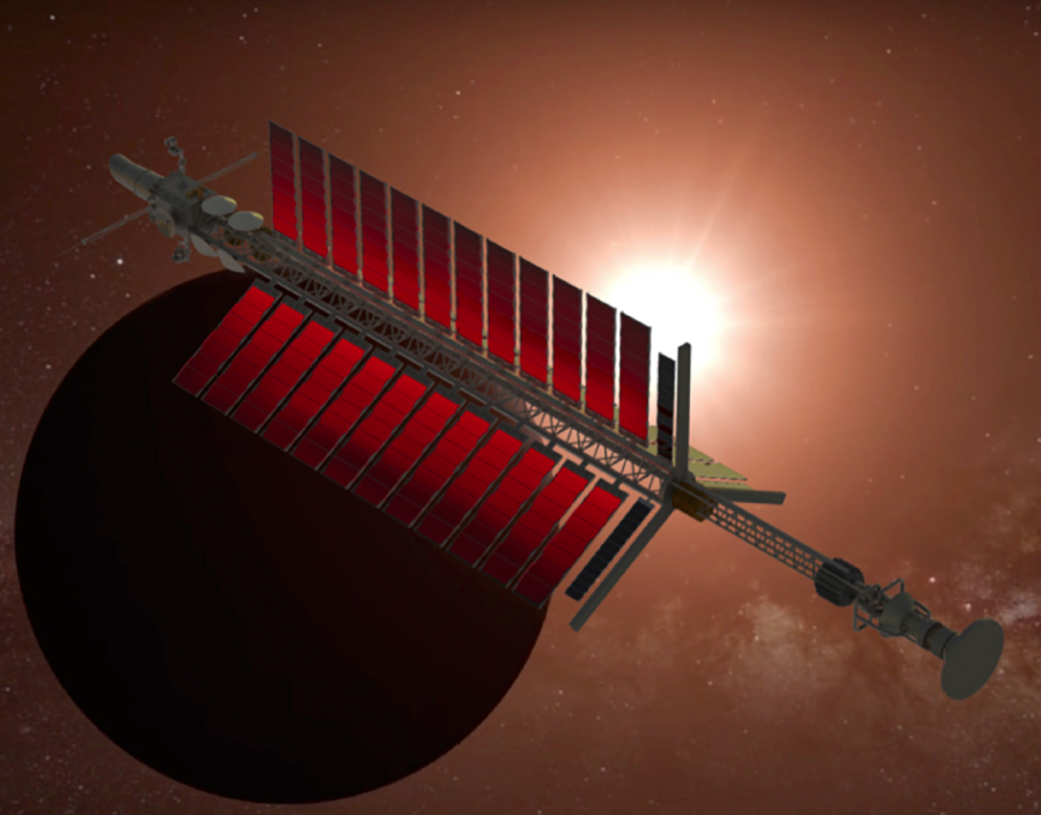James Woodward
Space Studies Institute, Inc.
NIAC 2018 Phase II Woodward Macheffects
We propose to study the implementation of an innovative thrust producing technology for use in NASA missions involving in space main propulsion. Mach Effect Gravity Assist (MEGA) drive propulsion is based on peer-reviewed, technically credible physics. Mach effects are transient variations in the rest masses of objects that simultaneously experience accelerations and internal energy changes. They are predicted by standard physics where Mach’s principle applies as discussed in peer- reviewed papers spanning 20 years and a recent book, Making Starships and Stargates: the Science of Interstellar Transport and Absurdly Benign Wormholes published in 2013 by Springer-Verlag.
In Phase I we achieved the following:
- Implemented chirped pulses to reduce heating and provide a longer duration thrust capability.
- Designed and developed circuits to allow for 1f and 2f frequency impedance matched AC input to the device, to improve efficiency of the MEGA drive.
- Developed a better theoretical model for the device and conceptualized a probe for an interstellar mission to Proxima b. In Phase II, the next critical step in the development of these thrusters is to test new designs with higher frequency to increase the output thrust.
We have been using Steiner Martin’s SM-111 PZT for our devices. We also expect to test new materials, for example APC-840 PZT, and PIN-PMN-PT, which we have procured but not had the opportunity to yet evaluate. It would also be advantageous to operate multiple devices to determine the thrust scales in arrays of 2 or more devices. We view the independent verification of the MEGA Drive effects by experts in the vacuum testing of micropropulsion as a crucial step in Phase II. We envision a collaboration with several entities (from academia and industry) to enable the testing of new devices. Mach effects have the revolutionary capability to produce thrust without the ejection of propellant, eliminating the need to carry propellant as required with most other propulsion systems. Ultimately, once proven in flight, these thrusters could be used for primary mission propulsion, opening up the solar system and making interstellar missions a reality. This aerospace concept is an exciting TRL 1 technology, ready to take the next step to providing propellantless propulsion, first in incremental NASA smallsat missions, but later enabling revolutionary new deep space exploratory capabilities beyond anything achievable by conventional chemical, nuclear or electric propulsion systems.































